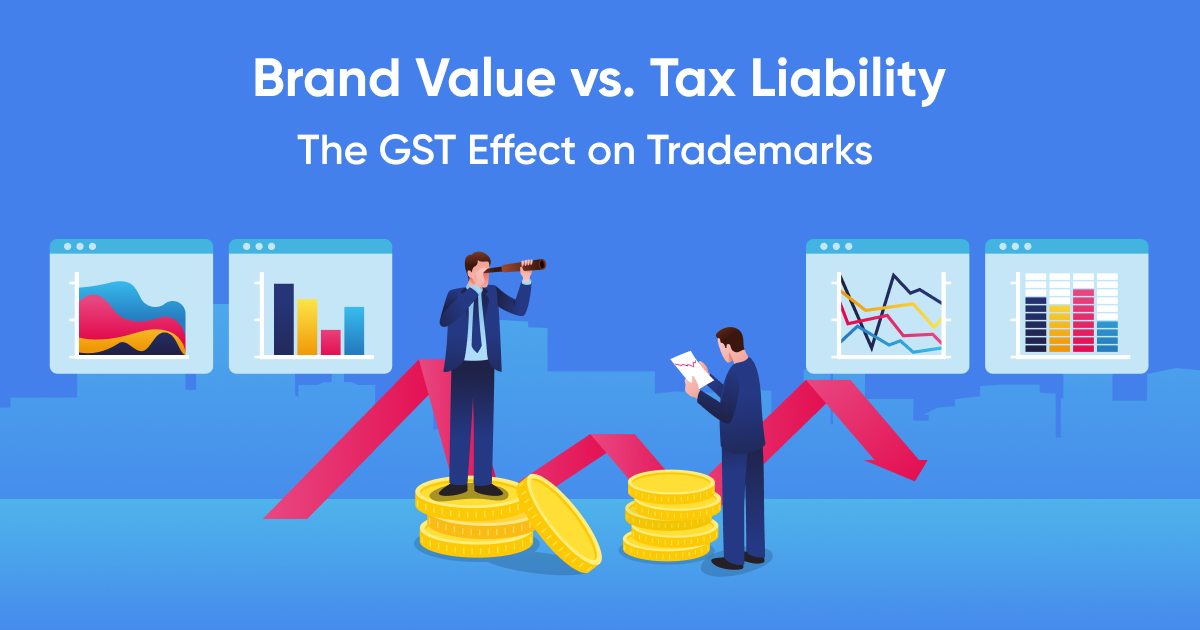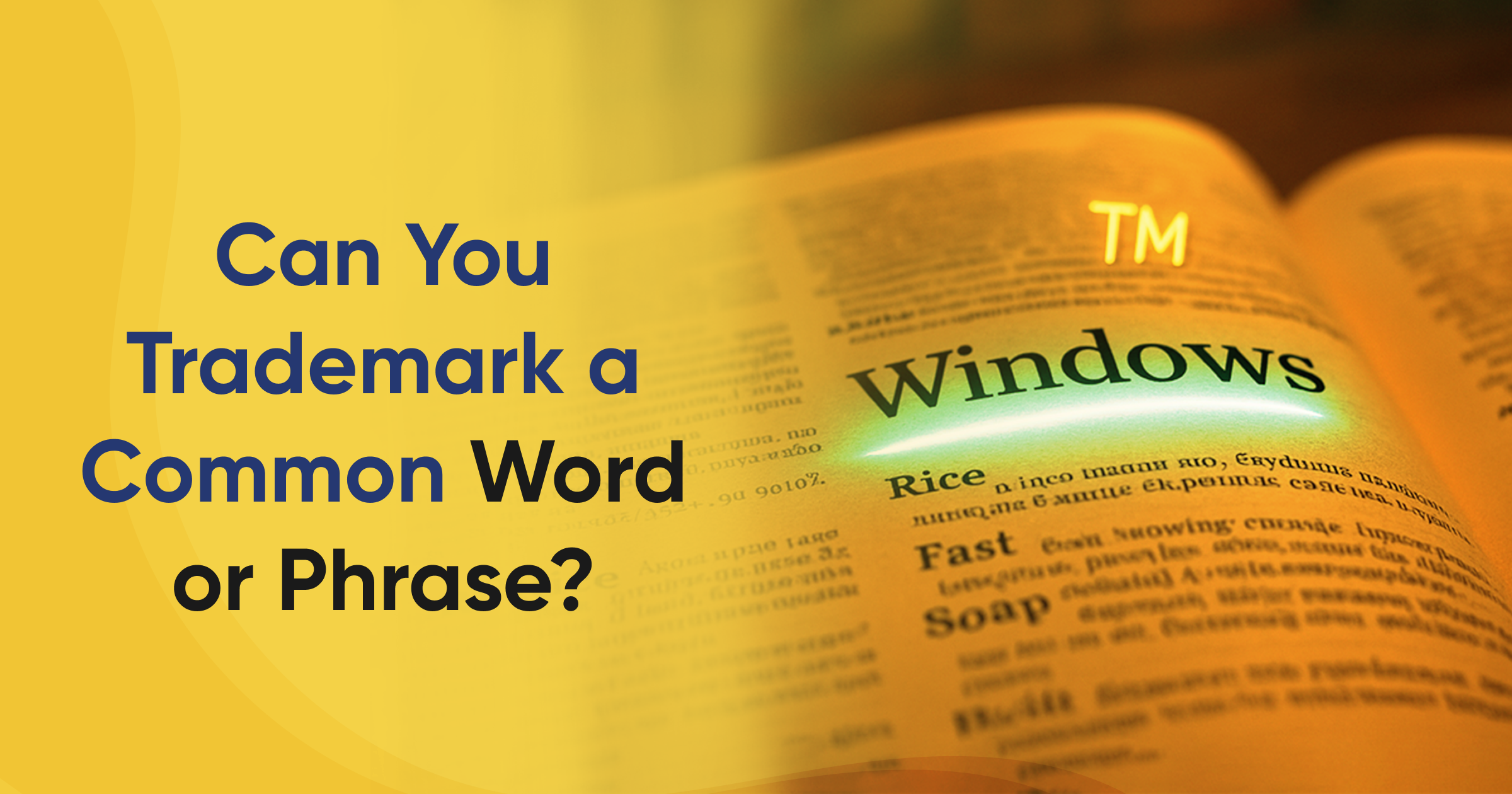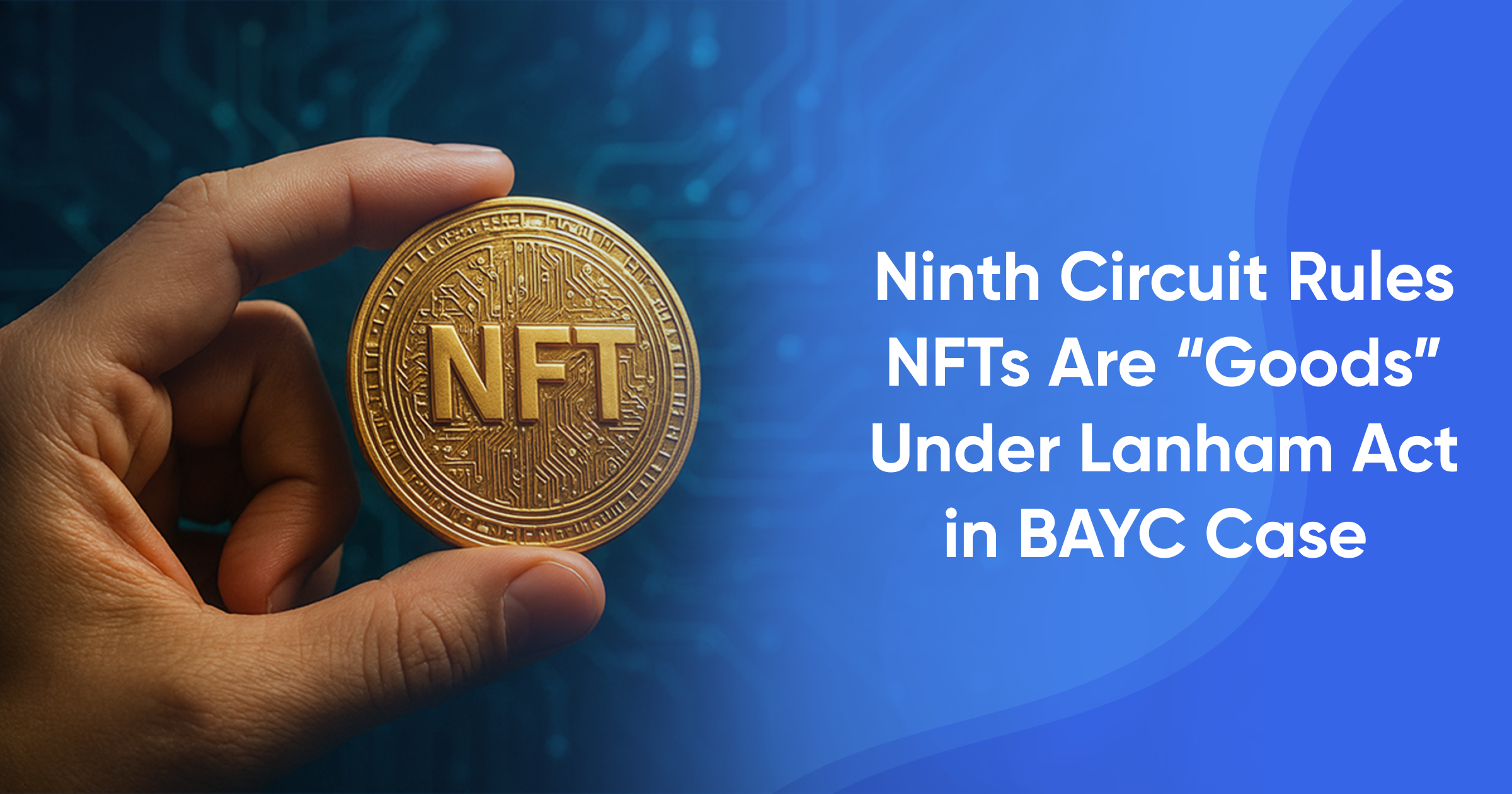The introduction of Goods and Services Tax (GST) has transformed how trademarks are treated in India. Brand licensing, internal transfers, and usage without payment now attract tax attention. Tax authorities are questioning the use of common trademarks across company branches or subsidiaries. Challenges also arise in how brand value is assessed for taxation. Recent actions against top firms highlight the practical impact. The GST effect, combined with trademark laws, is reshaping decisions for both large companies and small traders.
GST Rules on Brand Licensing
GST laws consider brand licensing within a corporate group as a taxable transaction. This holds true even when no money is exchanged. The concept of “supply” under GST includes transactions between related parties. When a parent company allows subsidiaries to use a trademark, tax liability may arise.
As per Section 15 of the CGST Act, the value of supply between related parties must be determined at open market value or through prescribed valuation methods if consideration is not wholly in money. Furthermore, CBIC Circular No. 199/11/2023-GST, dated 17th July 2023, specifically addresses valuation in intra-group services and clarifies that brand use, even without consideration, is taxable if it confers benefit.
It is important to understand the legal terms here:
- “Supply” includes all forms of provision of goods or services, including between related or distinct persons in the course or furtherance of business.
- “Related party” under GST includes entities with shared ownership or control, such as subsidiaries and branches of the same parent company.
- “Consideration” means payment in money or otherwise, but under GST, even no consideration can attract tax if the supply is between related parties.
There is a difference between brand licensing with consideration (e.g., charging a royalty) and without consideration (allowing use for free). GST applies to both, although valuation mechanisms differ. In the case of paid licensing, GST is charged on the actual amount paid. For free use, notional valuation principles apply under Rule 28 and Section 15.
One such case involved Mahindra & Mahindra. The company allowed its subsidiaries to use the “Mahindra” name without charging royalties. Authorities claimed tax on this internal use, calculating liability based on the brand’s market value. Although part of the claim was later reduced, the case sets a strong precedent. Tax departments continue to apply this rule to many sectors.
Challenges in Brand Valuation
Estimating brand value for GST purposes is complex. Tax officials often use industry averages or royalty rates as benchmarks. A brand used without payment is assumed to have a fair market value. Companies must justify lower or nil valuations with strong documentation. Intra-group agreements must clearly state terms and conditions. Missing or vague agreements create exposure to disputes.
Under Rule 28 of the CGST Rules, value must be the “open market value” unless specific exemptions apply. The “open market value” is defined as the full value in money payable by a buyer to obtain such supply under similar conditions in an open market. If such a value is not available, then the value is to be determined using cost-based or reasonable means as per the valuation rules. Businesses must prepare defensible valuations that align with trademark laws and GST norms.
Major Cases Spark Industry Debate
Several enforcement actions have made headlines. Real estate giants like DLF and Tata Realty reportedly paid over ₹1,500 crore in GST for brand use within their groups. In another wave, leading banks received tax notices for allowing their subsidiaries or branches to use the parent brand names. These actions have caused industry-wide concern. Tax authorities are actively reviewing cases where companies share trademarks within their ecosystem. Even when no royalty is charged, GST is still applied based on notional value. This aggressive stance shows no signs of easing.
Small Traders Face Difficult Choices
The GST effect is not limited to large corporations. Packaged food items with registered trademarks attract a 5% GST. As a result, some local brands have deregistered trademarks to avoid the tax. This step weakens long-term brand protection and opens the door to imitation.
Smaller businesses must now weigh tax liability against brand value. The cost of compliance may outweigh perceived benefits. This leads to fewer trademark registrations, reducing consumer confidence and brand integrity. The consequences reflect a tension between tax policy and brand development in Trademark India.
Trademark Strategy in the GST Era: Think Ahead with Trademarkia
GST laws and trademark rules now move together in India. Brand usage is no longer tax-neutral, even within related parties. Businesses must value trademarks transparently and maintain clear agreements. Without these steps, unexpected tax demands may arise. The GST effect demands strategic decisions across all levels of business. Awareness of trademark laws and consistent documentation will be key to navigating this changing environment. To stay ahead, companies, whether big or small, must strike the right balance between branding and taxation. With Trademarkia India, companies can protect their trademarks while minimizing exposure to tax risks. From helping you draft strong licensing agreements to ensuring compliant valuations, Trademarkia ensures your brand strategy is legally sound and tax-ready.







